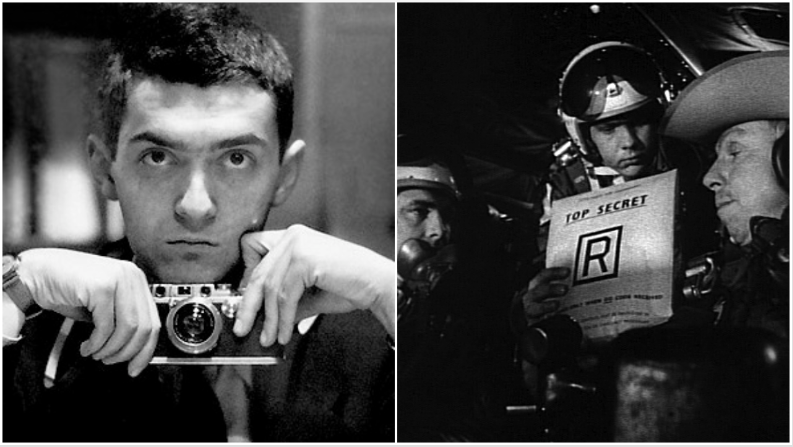Stanley Kubrick is nowadays praised as one of the greatest and most influential directors in the history of cinema. In his prolific and versatile career, he directed several timeless classics, including 2001: A Space Odyssey, A Clockwork Orange, and The Shining.
Kubrick’s movies are known for their realism, elaborate scenography, and inventive use of music.
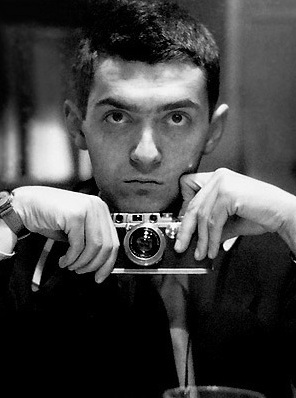
Dr. Strangelove or: How I Learned to Stop Worrying and Love the Bomb is one of Kubrick’s most famous movies. The film problematizes nuclear anxiety of the Cold War era and concerns an U.S. Air Force general who orders a nuclear strike on the Soviet Union. It was released in 1964 and was loosely based on Peter George’s novel Red Alert, but it replaced the novel’s somber atmosphere with an air of comedy and dark humor.
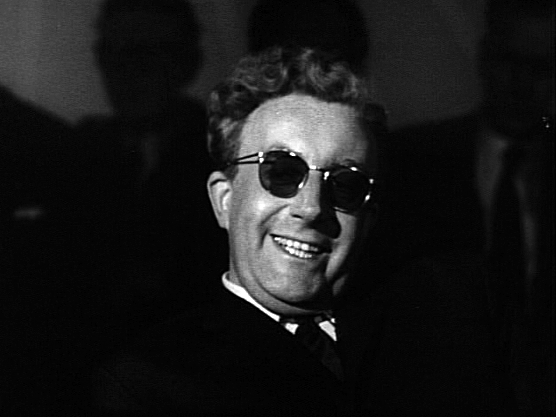
The inspiration for Dr. Strangelove came from Kubrick’s own obsession with the Cold War. During the 1950s and the era of nuclear anxiety, Kubrick was himself a victim of the media-induced nuclear paranoia. He was afraid that New York might become a likely target for a Russian nuclear attack and seriously considered moving to Australia to avoid a possible nuclear holocaust.
He finally decided to stay in America and began extensively researching the political circumstances of the Cold War. He studied dozens of military and political research books that were written on the subject of the political tensions between the United States and the Soviet Union.
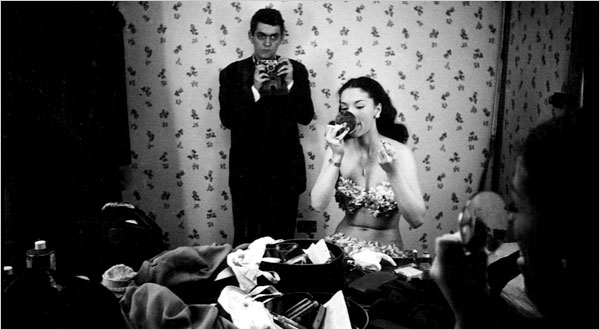
In the early 1960s, he bought the rights to George’s novel Red Alert and collaborated with the author on the development of the script.
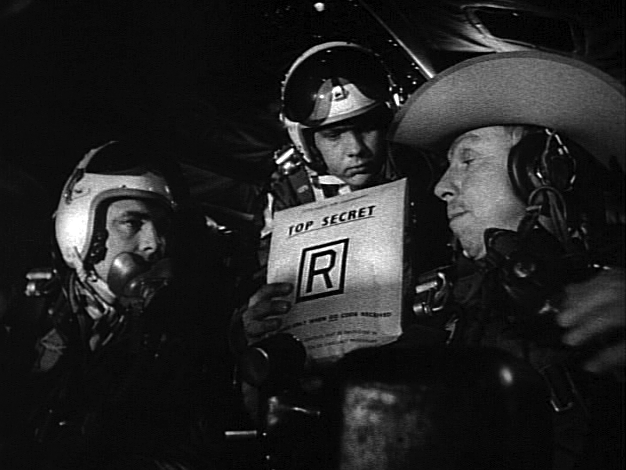
Kubrick initially intended to film the movie as a serious political thriller, but then decided to rework it as a satire when he concluded that the Cold War situation was absurd and that not even the government officials were able to pinpoint the true cause of the tensions.
Kubrick and George extensively worked on the transformation of the script, and they hired the satirical author Terry Southern to polish the final version. Southern-infused the script with sexual innuendo and added several new scenes of dark comedy.
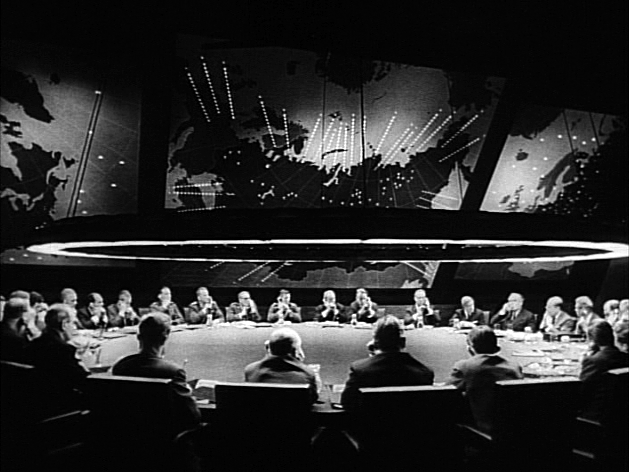
The final product of the collaboration of the three authors is the movie we know and love. However, the collaboration was also responsible for the rift that forever separated Kubrick and George.
Namely, when the movie was released, critics devoted significant attention to Southern’s role in the film’s production and disregarded George’s instrumental role as the author of the original novel. George was infuriated by this and Kubrick did little to emphasize George’s role in the making of the film, so George remained mad at Kubrick for the rest of his life.
